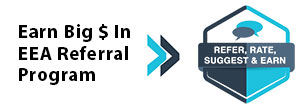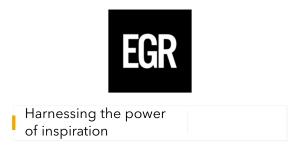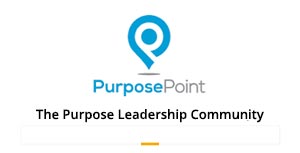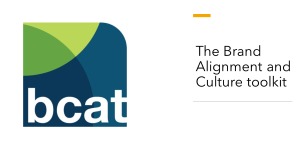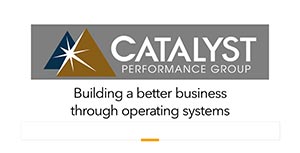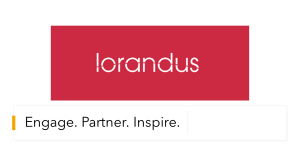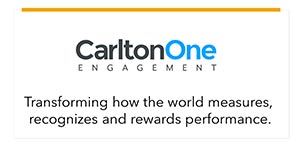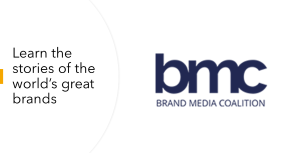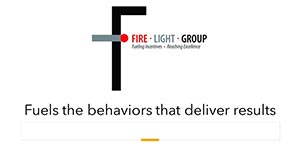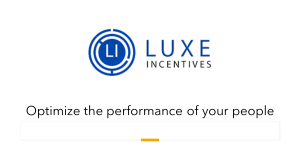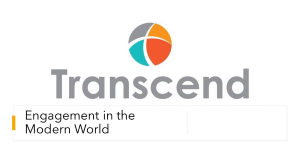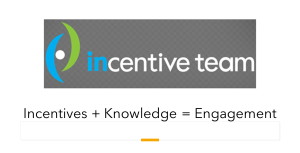Part 4: The Tools of Engagement
 As part of the Enterprise Engagement Alliance’s latest series on the practical implementation of stakeholder management, this article provides an overview of the tools of stakeholder management implementation and engagement.
As part of the Enterprise Engagement Alliance’s latest series on the practical implementation of stakeholder management, this article provides an overview of the tools of stakeholder management implementation and engagement.By Bruce Bolger
Strategic Solutions
Tactical Solutions
Click here for links to information about EEA sponsors; here to subscribe to ESM weekly; here for an ESM media kit.
Part 3 of this series focuses on the need for having a business operating system to ensure that every part of the organization is working toward the same purpose, goals, and objectives. This means harmonizing all of the activities leading to the OKRs (objectives and key results) or KPIs (key performance indicators) used by most organizations.
Click here for the complete chapter on the tools of engagement or read on for an overview. Click here for the other available parts of this series.
As everyone involved with total quality management knows, the first challenge after establishing a clear purpose, goals, objectives, and values related to any organization or performance improvement effort is to break down the natural siloes that occur between various stakeholders with their own interests to protect or assert.
The purpose of the strategic stakeholder management process and implementation system is to ensure that all the different departments are working toward the same purpose, which often becomes different in larger organizations in which leadership, human resources, sales and marketing, administration, accounting, etc. all work in different locations with their own desires for resources or influence.
The marketing industry in particular faces a similar challenge in that today the field entails digital, print, television, radio, and out-of-home advertising, and all of the production elements related to each, not to mention analytics, sales and customer relationship management, and myriad other platforms, etc. Over the years, the marketing field has struggled but has at many organizations successfully taken integration and alignment to the next level, as witnessed by the roll-up strategies by the largest agencies combining all these services.
With a transparent purpose, goals, and objectives, and an operating system, it becomes much easier for organizations to align engagement across the enterprise, since a portion of each organization’s metrics relate to overall success. Like the advertising field, the stakeholder management or enterprise engagement field is comprised of tactics most organizations already deploy.
The key is to break down the siloes that often prevent the key tactics from working together.
Here is an overview of the types of solutions addressed in this chapter of Enterprise Engagement for CEOs.
Strategic Solutions
- Engagement agencies help develop, implement and measure a strategic engagement operating system, which can include managed outsourcing and/or project management.
- Engagement consultants focus on program and process design, development, facilitation and managed outsourcing.
Tactical Solutions
- Branding, Brand Architecture
- Program/Process Design
- Leadership and Culture
- Talent Management
- Surveys, Assessment and Feedback
- Communications
- Branding/graphics
- Digital
- Face to face
- Social
- Video
- Job design
- Learning
- Incentive Programs
- Loyalty
- Promotions
- Diversity and Community
- Innovation, Collaboration & Empowerment
-
Rewards and Recognition
- Merchandise
- Gift cards
- Travel
- Benefits
- Analytics
- Engagement Technology
- Corporate Sustainability Reporting
Enterprise Engagement Alliance Services
 Celebrating our 15th year, the Enterprise Engagement Alliance helps organizations enhance performance through:
Celebrating our 15th year, the Enterprise Engagement Alliance helps organizations enhance performance through:
1. Information and marketing opportunities on stakeholder management and total rewards:
- ESM Weekly on stakeholder management since 2009. Click here to subscribe; click here for media kit.
- RRN Weekly on total rewards since 1996. Click here to subscribe; click here for media kit.
- EEA YouTube channel on enterprise engagement, human capital, and total rewards since 2020
 Management Academy to enhance future equity value for your organization.
Management Academy to enhance future equity value for your organization.3. Books on implementation: Enterprise Engagement for CEOs and Enterprise Engagement: The Roadmap.
4. Advisory services and research: Strategic guidance, learning and certification on stakeholder management, measurement, metrics, and corporate sustainability reporting.
5. Permission-based targeted business development to identify and build relationships with the people most likely to buy.
Contact: Bruce Bolger at TheICEE.org; 914-591-7600, ext. 230.


